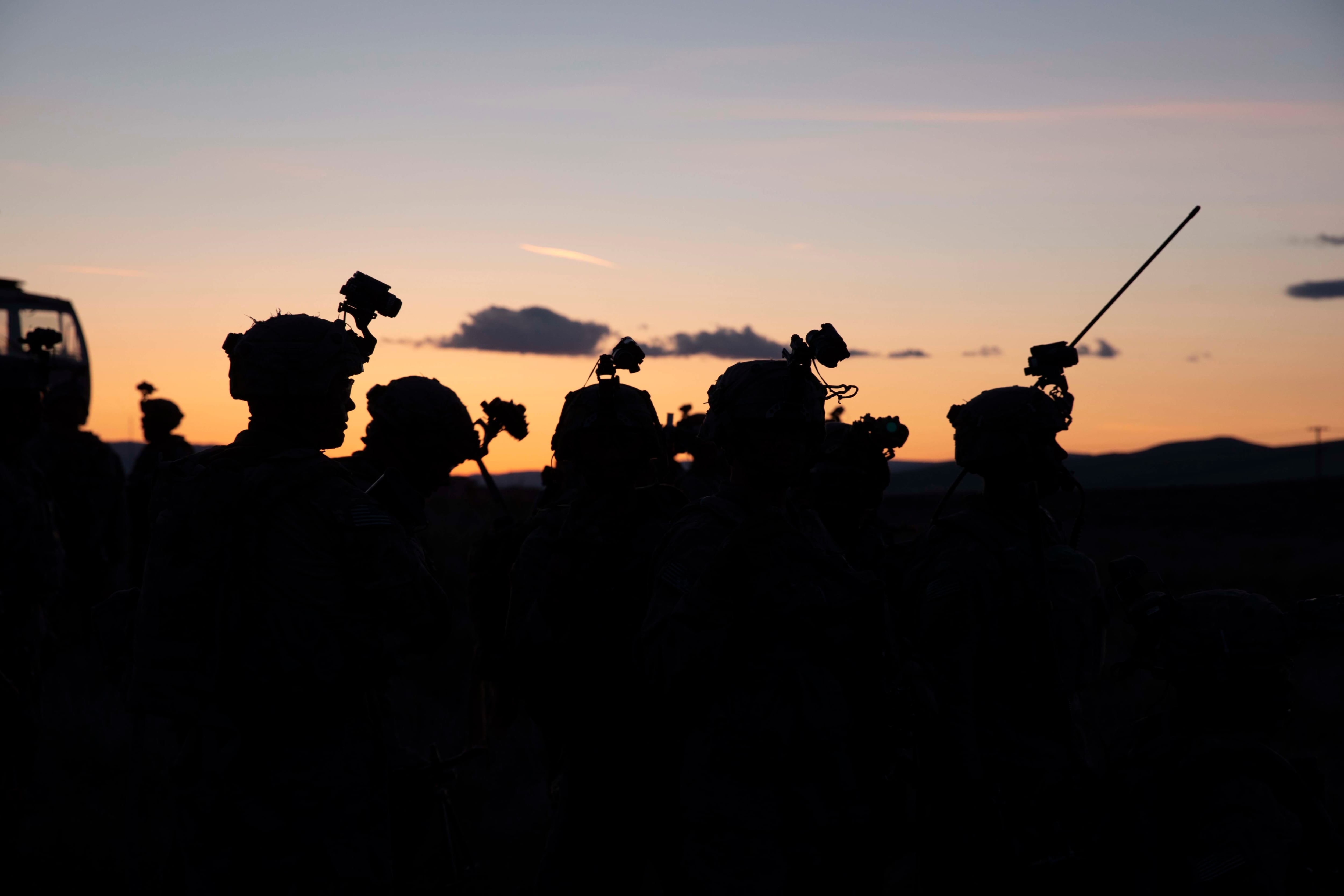WASHINGTON — New electronic warfare capabilities show how the Army is extending beyond its traditional ground targets, with plans for a long-distance tool that spans oceans and is a key contribution to the joint service fight.
With advanced adversaries forcing the Army to operate across against greater distances, the service recently unveiled its proposal for the electronic warfare tool, dubbed the Terrestrial Layer System-Echelons Above Brigade.
“We are trying to optimize TLS-EAB so that when it arrives in the Pacific, it’s the most relevant it can be to those commanders,” Col. Daniel Holland, Army capability manager for electronic warfare, said at a Feb. 16 virtual presentation for AFCEA TechNet Augusta.
The Pacific theater is a top priority for the DoD, and while primarily a maritime domain, the Army has placed a great deal of importance on the region, even creating specialized formations to operate there. These units will need equipment that can reach across the Pacific’s vast distances.
Holland noted that the variants the Army is building to support units in the Pacific, such as the Multidomain Task Force, must be suited for maritime targets, not land targets.
TLS-EAB is a good example, he explained, of how the Army is trying to contribute to the DoD’s defining goal for future battles: to collaborate and share intelligence among the military branches to fight as one across multiple domains.
The widening battle space against Russia and China necessitates capabilities at higher echelons, moving away from the brigade-centric fight of the counterterrorism years. A fight against these actors would begin at the corps level, where the focus is destroying high-priority systems to lay the groundwork for lower echelons, officials have said. The corps level must eliminate these targets first, passing them to the lower echelons, including divisions and brigades designed for a closer fight to move the enemy back.
TLS-EAB works to meet that goal for these formations, while the TLS-Brigade Combat Team capability is geared toward the more tactical fight.
The brigade tool is expected in the field by 2022. For the newer, higher-echelon tool, Holland said Army leaders are reviewing the abbreviated capability document, and then the service will share the finalized concept throughout the Army and with industry. The Army is also working to schedule a second industry day.
Mark Pomerleau is a reporter for C4ISRNET, covering information warfare and cyberspace.





